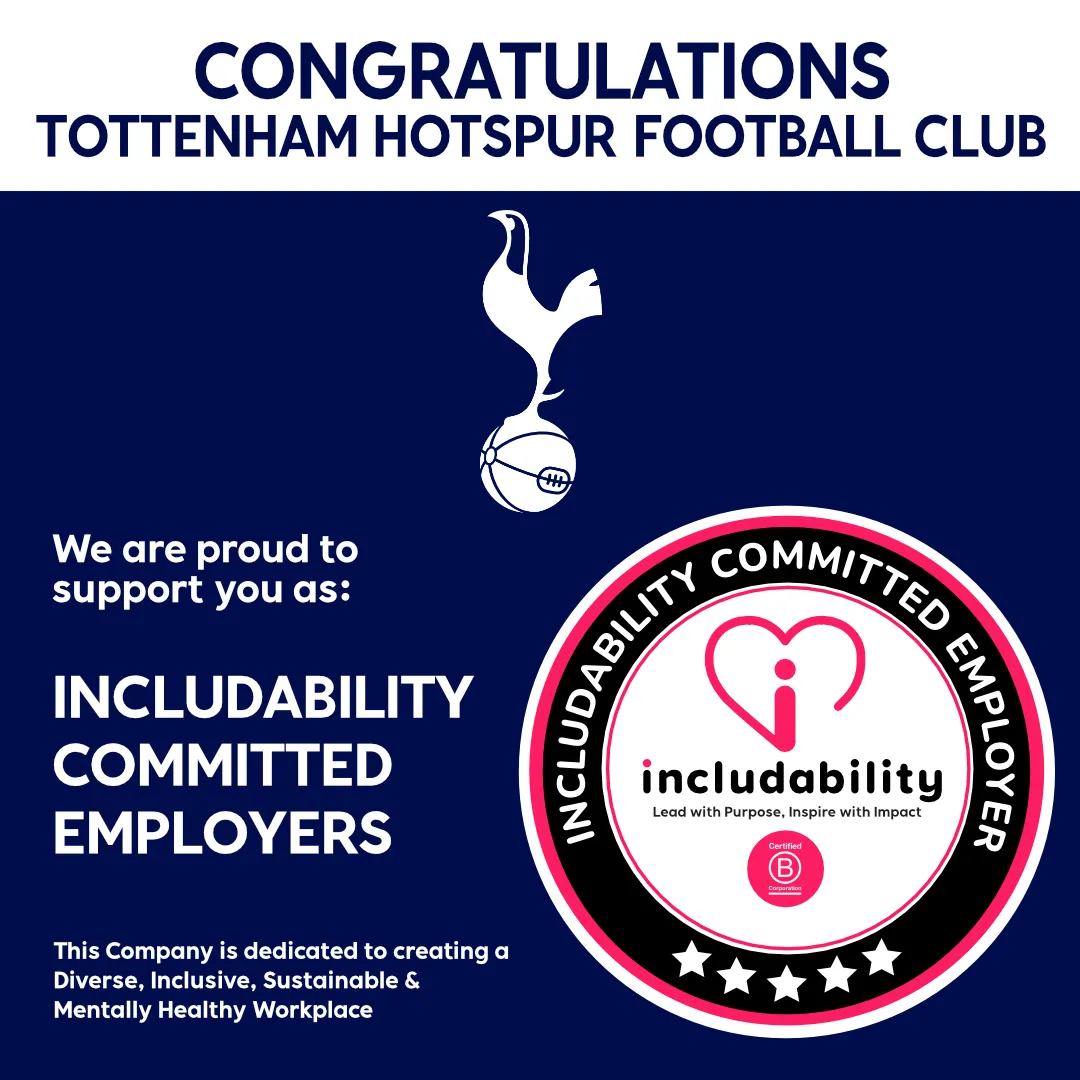Representation in Sports Media - Includability Webinar Discussion
The July Includability webinar discussion focussed on representation in sports media and the diversity currently working in the industry and the steps it still needs to take to approach an authentically open and inclusive field.

July Includability webinar discussion focussed on representation in sports media and the diversity currently working in the industry
.png)
Diversity and representation in sports media
The July Includability webinar discussion focussed on representation in sports media and the diversity currently working in the industry and the steps it still needs to take to approach an authentically open and inclusive field.
The webinar was hosted by Jamie Hooper, Founding Director of Inclusive Cultures, an expert on equality, diversity and inclusion in sport and physical activity. He has worked in the sector for ten years leading on EDI projects and programmes for several stakeholders. Previously, Jamie has worked at Swim England and Sport England.
He was joined by a panel covering different aspects of representation in sport that need to be more fully addressed. They included: Liz Johnson, Gold medal winning Paralympian and Co-Founder of The Ability People, Emma Smith, Sport Media LGBT+ member and Assistant Editor at Goal, and Drew Christie, Award-winning sports Producer and Chair of BCOMS.
Has Sports Media Changed in Recent Years?
Hooper posed the question, has sports media changed in recent years? Has greater representation been realised?
Christie responded that since he began working for the BBC in 2001, on screen representation has improved significantly. However, behind the camera, greater representation in terms of racial diversity has not been significantly changed over the same time in the production departments. He said many television sports broadcasters have yet to tackle under representation issues in senior management or decision maker positions and this needs to be challenged.
Championing disabled representation in sports media, Johnson added that people judge on what they can see and not much attention is given to off-screen cultures. She said 20% of the population has a form of disability, but only 8.2% of on-screen talent has disclosed a condition.
She acknowledged there are some exceptions when the Paralympic and Winter Paralympic games are broadcast, there is a peak in the representation shown on-screen. but a four-year cycle of regular representation is needed to achieve authentic inclusion. She added, it would be as easy to offer disabled people the off-screen opportunities as anyone else, but they are still not given in many cases in sports media, but said sports media is still doing better than other broadcast media.
Smith said sports journalism is difficult to break into as early careers still need to be built upon unpaid work experience and volunteering, therefore the industry is likely to remain dominated by progeny of the middle classes, as only people who can afford to undertake unpaid work for a time are likely to get the more lucrative roles. By extension, she said, “’Normality’ will still dominate the media,” with stories told from a uniform point of view.
The conversation moved onto perspective storytelling where Smith recalled her experiences of working for large media companies where she would be regularly sent to cover specific stories surrounding LGBT+ sports people or other representation stories due to her being the only transgender journalist on staff.
She said these types of stories can often be mischaracterised by some of her peers simply because they do not have the lived experience and feels a responsibility to tell the story properly.
Christie added this was a very important point as there are so many differences in experiences to take in and describe to an audience, even before talking about sub diversities which also require representation in the media. He said steps toward inclusion must be intrinsic, not positions simply handed out as charity.
Johnson said she would like the media to move away from narratives where underrepresented people are recognised of otherwise typical things instead of what they have achieved.
Driving Change in sports media
When Hooper posed the question of how to drive change, Christie said that changing the culture of sports media needs to happen at the top of an organisation. He said change is happening already at the bottom, but it would ideally happen at the top now too. He said Management can also look outside of their organisations to hire and develop meaningful partnerships to expand their knowledge of the issues.
Johnson says sports media needs to get out the habit of finding one person to represent a certain group and giving them all the work when other equally talented individuals are available. She says cultivating a pool of talent needs to be normalised to usher change.
Smith said LGBT+ representation in professional sport is still treated as a novelty. She says change would look like the narrative changing from LGBT+ sportspersons being covered for their ability and achievements, rather than for their sexual identity and having more LGBT+ journalists would be a potential solution to help improve coverage.
The panel ended with recent examples of sports stars being covered by the media, such as Simone Biles pulling out of her Olympics event for mental health reasons and England’s recent Euro 2020 defeat on penalties, in which race played an underserved part.
Related resources & events
Sign up for our newsletters
We have an employer and Job seeker newsletter giving you all the latest information in one easy and digestible email. Sign up today for news and job advice straight to your inbox.








